Top Things to Know Before Buying a Veg Garden
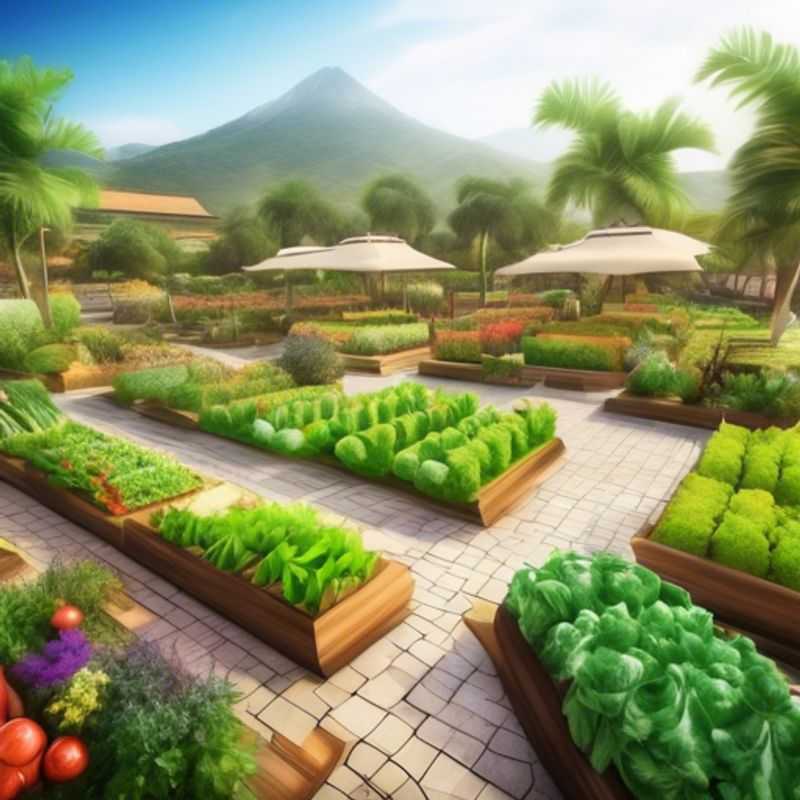
Top Things to Know Before Buying Your Veg Garden: Sunshine, Soil, Drainage, Layout, Easy Starts, Tools, and More!
Ah, the humble vegetable garden, a testament to our connection with nature and a source of delicious, homegrown goodness. But before you plunge into the delightful world of dirt, seeds, and sunshine, let me share some wisdom gleaned from years of tinkering with Mother Nature's handiwork. These are the essential things to consider before you embark on your gardening journey:
First, and perhaps most crucial, is understanding the sun.
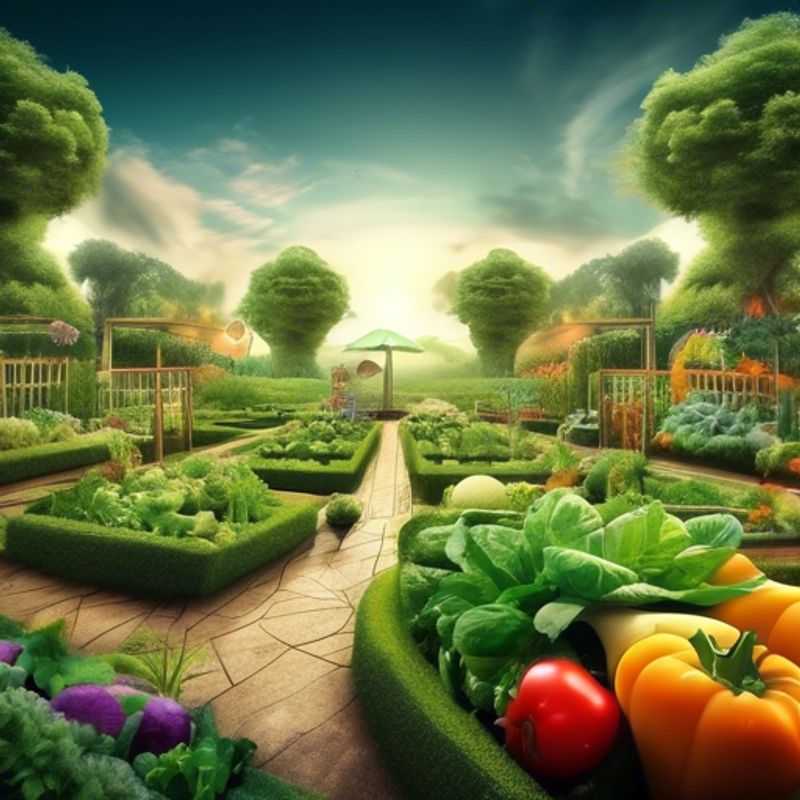
Sunlight Secrets: How to Determine Your Garden's Daily Dose
Knowing how much sunlight your garden receives is crucial for choosing the right plants. You can determine this by observing your garden throughout the day, noting the times when sunlight hits different areas. Consider using a sunlight app, which utilizes your phone's GPS and compass to track sunlight patterns, offering insights into sun exposure.
To obtain a more precise measurement, invest in a sunlight meter, an inexpensive tool that measures light intensity. Alternatively, paid services such as professional landscaping consultants or online sun analysis tools can provide detailed reports on your garden's sun exposure patterns.
It's important to note that sun exposure can vary throughout the year due to the changing seasons. Keep a log of your observations and measurements throughout the year to get a complete picture of your garden's sun exposure.
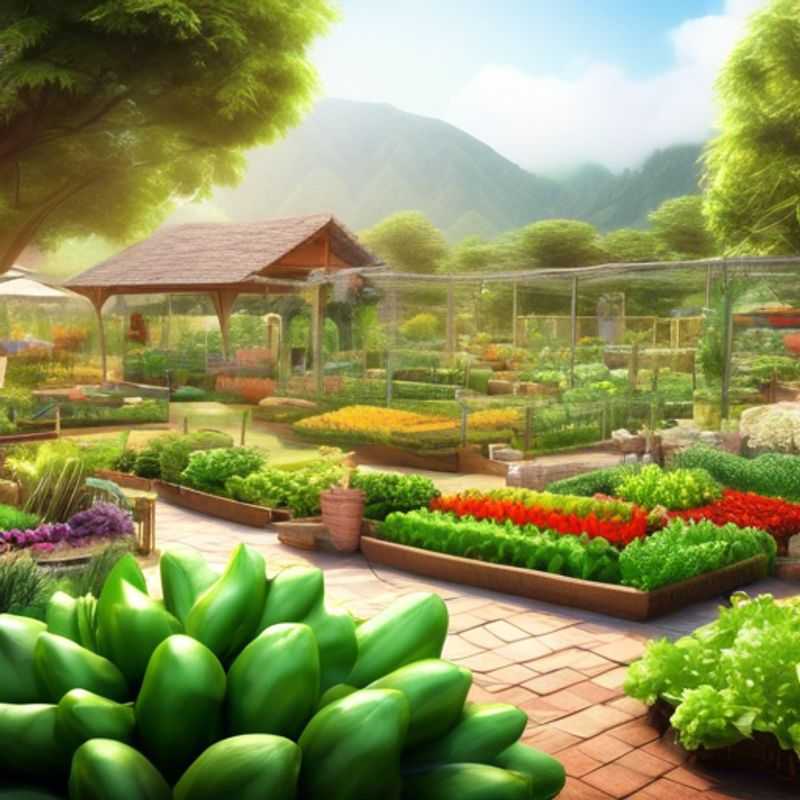
Grow Your Green Thumb: Researching the Best Vegetables for Your Climate
The best vegetables to grow in your climate depend on the specific conditions of your region, including temperature, rainfall, and soil type. It's important to research your local climate and growing season to determine the best vegetables for your garden.
To research the best vegetables to grow in your climate, you can utilize various resources. Local gardening clubs or community organizations often have information on suitable vegetable varieties for your area. Online resources like the USDA Plant Hardiness Zone Map, gardening websites, and local nurseries can provide valuable insights on vegetables that thrive in your climate. You can also consult with local gardeners or experienced farmers for recommendations specific to your region.
Once you've identified the ideal vegetables for your climate, consider the following factors:
Sunlight: Most vegetables require at least 6 hours of sunlight per day. Research the sun exposure needs for each vegetable you plan to grow.
Soil: Vegetables have different soil preferences. Some prefer well-drained soil, while others thrive in clay soil. Test your soil pH and amend it if necessary to ensure optimal conditions for the chosen vegetables.
Water: Vegetables require adequate watering, and the frequency varies depending on the type of vegetable and weather conditions. Create a watering schedule to provide sufficient moisture without overwatering.
By researching your local climate and choosing vegetables that thrive in your conditions, you can increase the chances of a successful harvest.
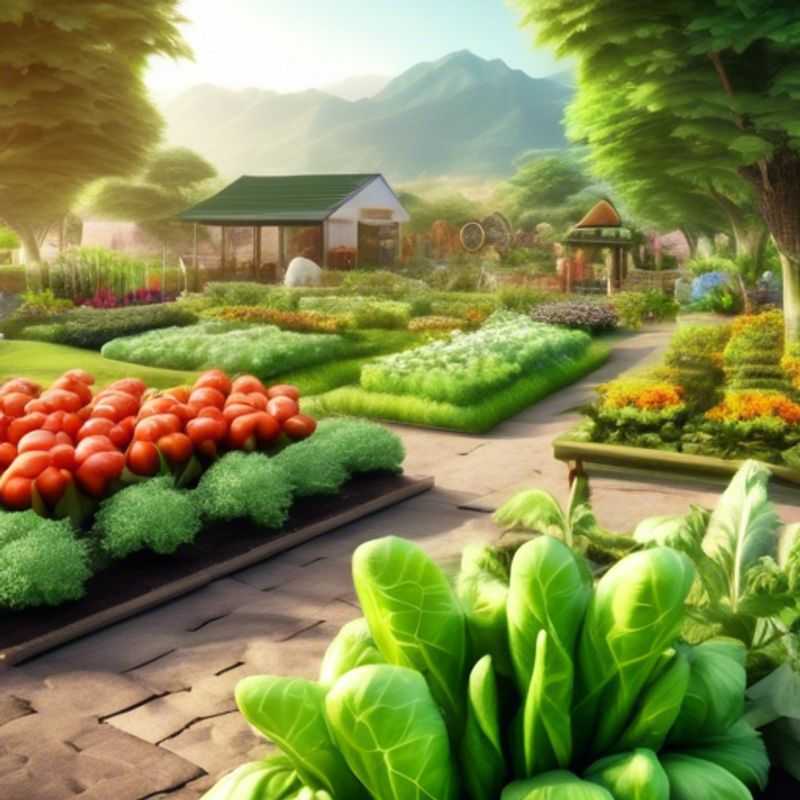
Nurturing Your Garden: Prepping the Soil with Compost or Fertilizer
Adding compost or fertilizer to your soil is a crucial step in preparing your garden for planting. This enriches the soil with essential nutrients, improves drainage, and encourages healthy plant growth.
Compost is a natural, organic material made from decomposing plant matter. It provides a slow-release of nutrients, improves soil structure, and helps retain moisture. On the other hand, fertilizer is a synthetic product containing concentrated nutrients.
The type of compost or fertilizer you choose will depend on your soil type and the specific needs of your plants. It’s important to test your soil to determine its pH level and nutrient content. This information will help you select the right compost or fertilizer for your garden.
Compost can be purchased or made at home. If you choose to make your own, consider using kitchen scraps, yard waste, and other organic materials. Fertilizer comes in various forms, including granular, liquid, and slow-release.
When adding compost or fertilizer, follow the recommended application rates provided by the manufacturer. Applying too much can harm your plants.
While compost and fertilizer are important for soil health, it's crucial to consider the long-term effects. Compost is a more sustainable option as it promotes healthy soil structure and reduces the need for synthetic fertilizers. However, fertilizer can be helpful in providing a quick boost of nutrients, especially for plants that need extra support.
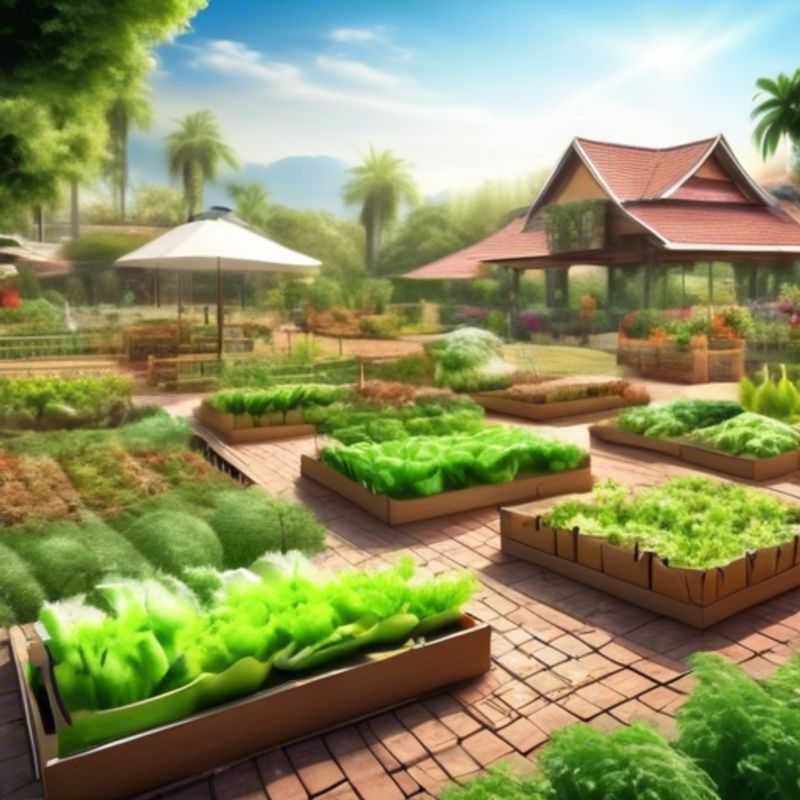
Choosing the Right Spot: Drainage Matters for a Happy Garden
Choosing a location with good drainage is paramount for preventing waterlogging, which can cause significant damage to your property and potentially lead to health issues. Proper drainage ensures rainwater swiftly moves away from your building, preventing accumulation and minimizing risks.
When choosing a location, carefully assess the site's topography. Look for areas with a natural slope that facilitates water flow. Avoid low-lying areas where water tends to pool. Consider the presence of nearby water bodies, such as rivers or lakes, and their proximity to your proposed location.
Investigate the soil type. Well-drained soils, like sandy or gravelly soils, allow water to permeate easily. Clay soils, on the other hand, tend to retain water, increasing the risk of waterlogging. If dealing with clay soil, consider employing drainage solutions like French drains or gravel beds to improve drainage.
Inspect the surrounding infrastructure. Check for existing drainage systems like storm sewers or ditches. These systems play a crucial role in directing rainwater away from your property. Ensure these systems are functional and properly maintained to prevent blockage and ensure effective drainage.
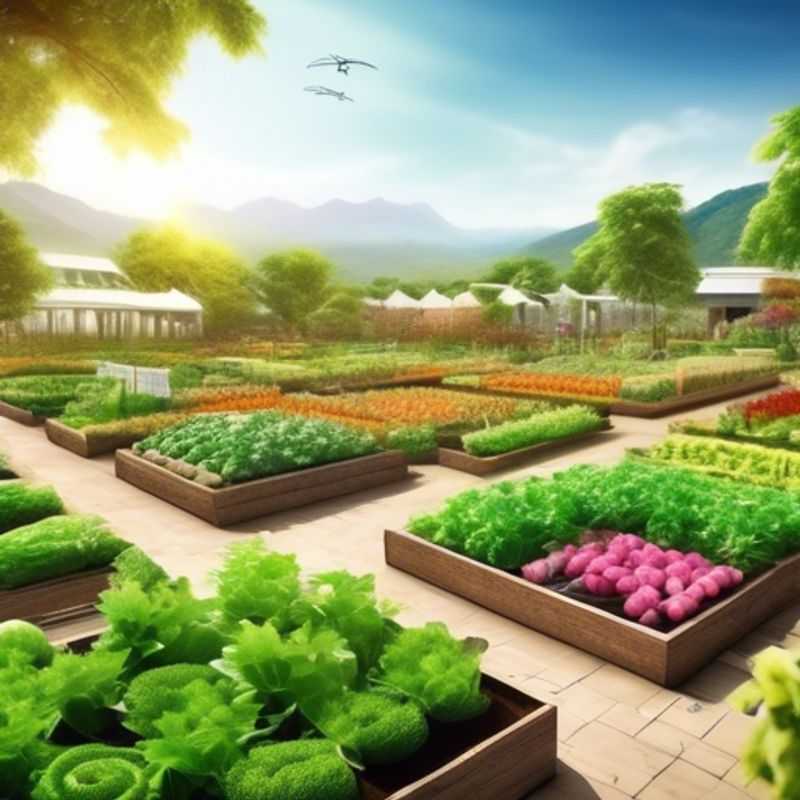
Maximize Your Garden Space: A Layout Guide for Green Thumbs
Planning a garden layout to maximize space is an exciting project, one that requires a balance of creativity and practicality. The key to maximizing your space is to carefully consider the function of each area. Think about how you want to use your garden: do you want to grow vegetables, relax in a seating area, or create a vibrant flower bed? Understanding your goals will guide your layout.
Start with a plan! Draw a rough sketch of your garden, including existing structures like fences or walls, and note any features that might be important, like sunny spots or shady areas. This will give you a visual representation of your space and help you plan accordingly.
Efficiently use vertical space by planting climbing plants or creating raised beds. Vertical gardening is a space-saving technique that allows you to grow more in a smaller area. Explore trellises or arbors for climbing plants.
Optimize pathways! Make sure your walkways are narrow enough to prevent wasted space but wide enough to comfortably navigate. Consider using stepping stones or gravel paths to create a natural and efficient flow through your garden.
Don't neglect the edges! Planting along the edges of your garden, such as along fences or walls, is a great way to add visual interest and maximize space. Choose plants that can thrive in those specific conditions, whether it's sunny or shady.
Consider incorporating a water feature. It adds beauty and helps cool down the garden, creating a more welcoming atmosphere. You can choose a pond, fountain, or even a simple birdbath.
Plan for maintenance. While you're planning, consider how you will maintain your garden. Choose plants that are low-maintenance or match your gardening experience.
Remember, these are just a few tips to get you started. Research different garden designs and planting options that suit your needs and preferences. With a well-planned garden, you can cultivate a beautiful and functional space that you'll enjoy for years to come.
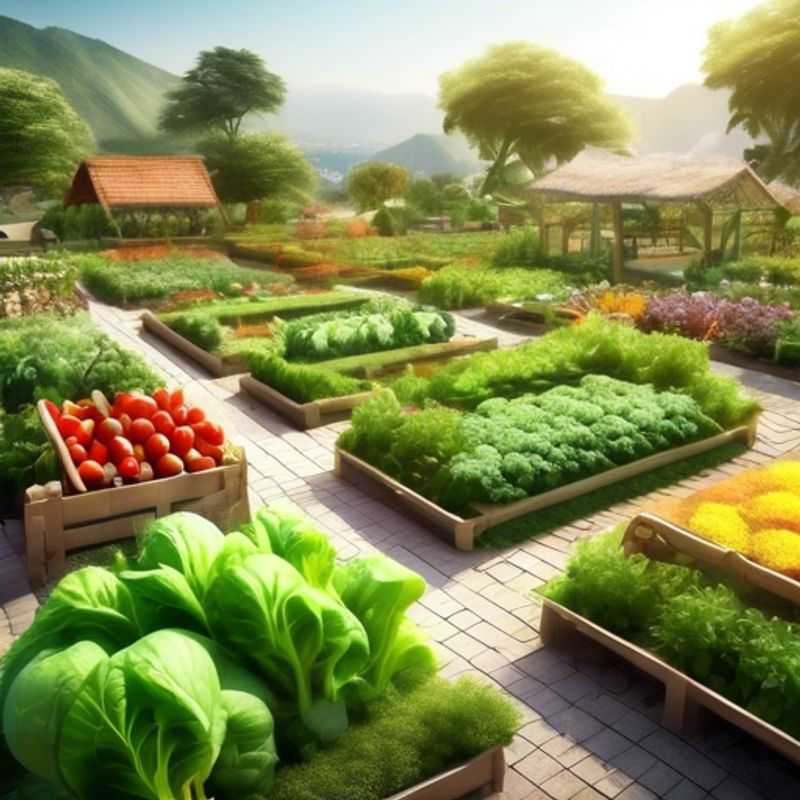
Green Thumbs Start Here: Easy-to-Grow Vegetables for Beginner Gardeners
Starting your gardening journey? Tomatoes, lettuce, and herbs are fantastic choices for beginner gardeners. They're relatively easy to grow and offer a satisfying sense of accomplishment.
Tomatoes thrive in warm, sunny spots. They require well-drained soil and regular watering. Consider trellising them for support and better air circulation.
Lettuce, a cool-season crop, prefers partial shade and moist soil. It can be sown directly in the ground or started indoors. Harvesting lettuce is as simple as picking the outer leaves, leaving the inner ones to continue growing.
Herbs like basil, parsley, and mint add flavor to your dishes and are easy to grow. They require well-drained soil and regular watering. Some herbs, like mint, can be quite invasive, so consider growing them in containers.
To ensure success, choose quality seeds or seedlings, follow proper planting techniques, and provide the necessary care, including watering, fertilizing, and pest control.
Remember, gardening is a journey of discovery. Don't be afraid to experiment and learn from your experiences. Enjoy the process and reap the rewards of your green thumb.
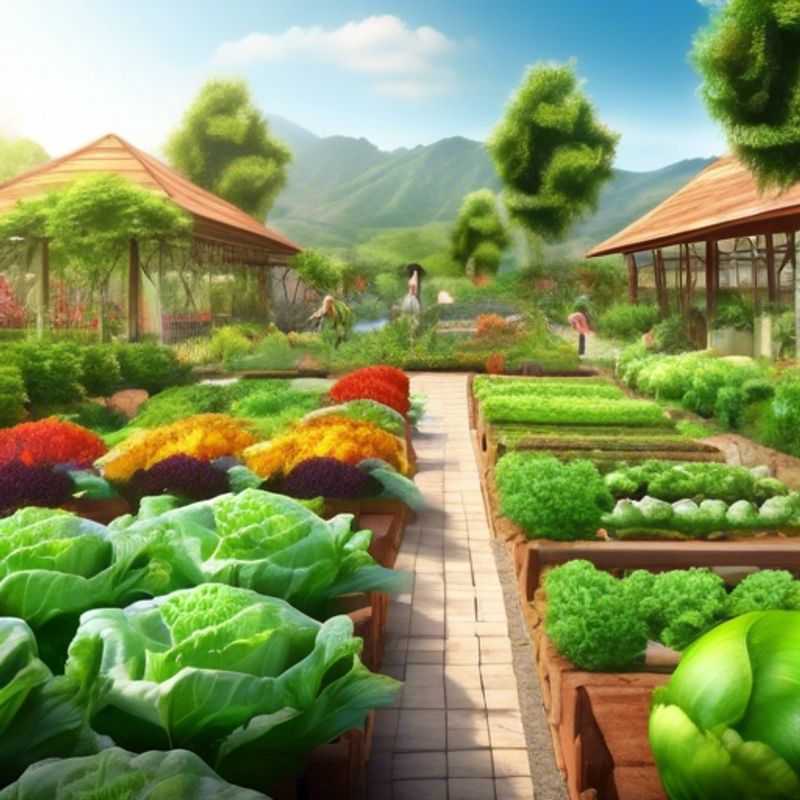
Invest in Quality: Why Gardening Tools and Equipment Matter
Investing in quality gardening tools and equipment is essential for both efficiency and longevity in your gardening endeavors. High-quality tools tend to last longer, perform better, and ultimately save you money over time. Key tools to consider include pruners, shovels, rakes, and hand trowels, which are fundamental for any gardener's toolkit.
When planning your investment, consider the initial cost of the tools, which may be higher for premium brands, but remember that quality tools can reduce maintenance costs and improve productivity. It’s also wise to factor in accessories such as tool holders, cleaning supplies, and protective gear, which can enhance your gardening experience.
Moreover, look for tools that come with a warranty or guarantee, as this can provide peace of mind regarding their durability. Investing in ergonomic designs can also help reduce strain and injury during prolonged use. In summary, while the upfront investment in quality gardening tools may be significant, the long-term benefits of efficiency, durability, and comfort make it a wise choice for any gardening enthusiast.
